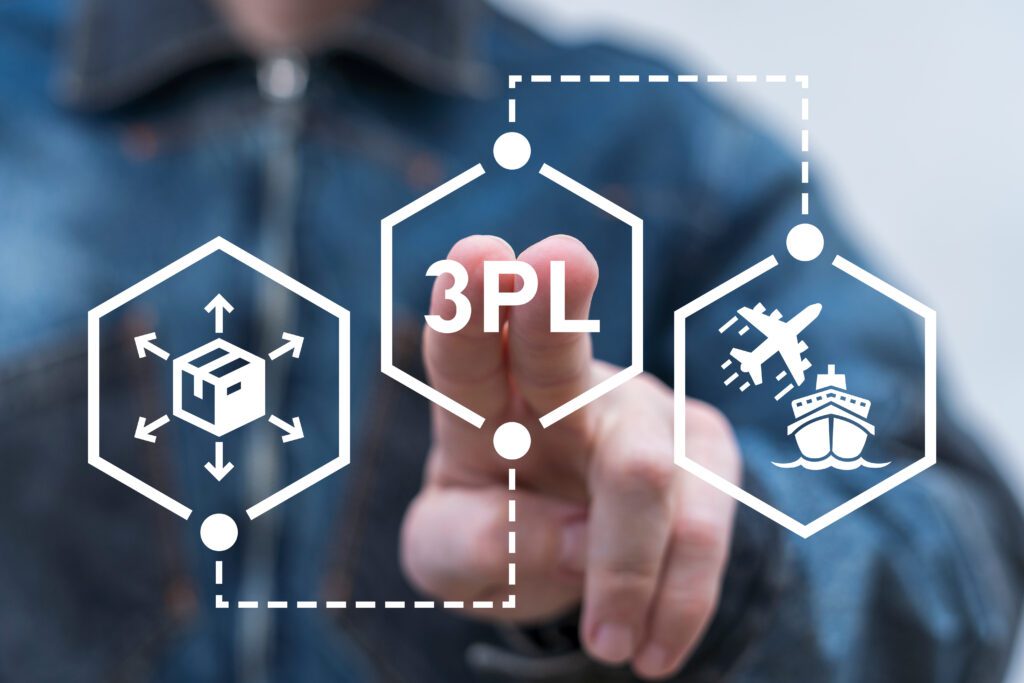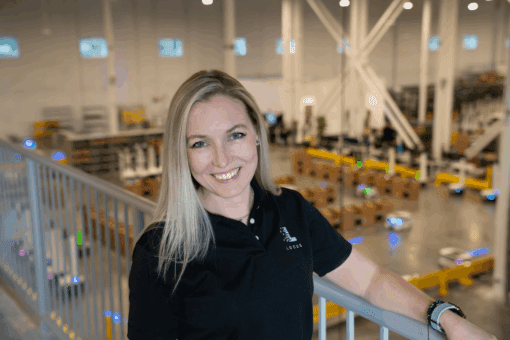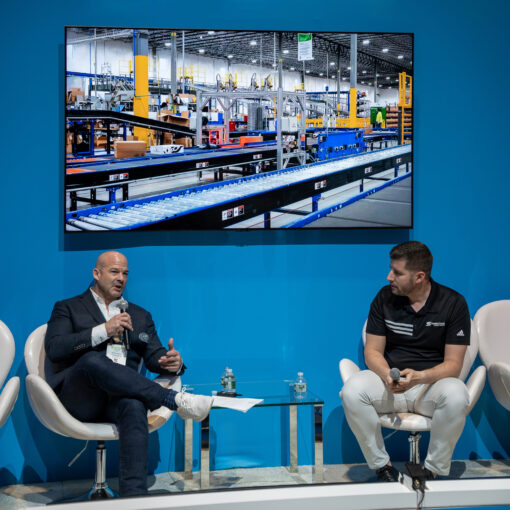WP: How to achieve 400 UPH with Locus Fast Pick
WP: How to achieve 400 UPH with Locus Fast Pick Download Now!
3PL Partnerships: What Fast-Growing Brands Need Now
Mary Hart, Sr. Content Marketing Manager

Not all 3PLs are created equal and for e-commerce brands navigating unpredictable demand, high customer expectations, and rising operational costs, choosing the right logistics partner is an imperative. On a recent episode of Warehouse Automation Matters, Chris Caouette, Chief Revenue Officer at North Bay Distribution, shared what brands should really be looking for in a 3PL and why automation is no longer optional.
From Fulfillment Vendor to Strategic 3PL Partner
The traditional 3PL model of warehouse space, order picking, and shipping no longer meets the needs of fast-scaling brands. Today’s most successful partnerships go beyond logistics to offer:
- Integrated technology systems that streamline order management and inventory tracking
- Multi-channel capabilities to support B2B, DTC, dropship, and marketplace fulfillment
- Supply chain consulting that helps brands plan, scale, and adapt across channels
As Caouette put it, “Brands don’t just want fulfillment. They want a partner that can help them navigate disruption, whether it’s tariffs, TikTok-fueled demand spikes, or labor shortages.”
Total Landing Cost Over Pick Fees
A common mistake that 3PLs make is optimizing their facility for pick-and-pack fees alone. According to Caouette, that narrow view ignores the bigger picture of transportation costs, order errors, and customer churn.
“The lowest price isn’t your lowest cost. Every inaccurate shipment and every missed SLA add up,” said Caouette. “Total landing cost is what really matters.”
That means brands should seek 3PLs with experience in freight forwarding, LTL, and last-mile optimization and not just warehouse operations.
3PL Automation that Scales
Labor constraints, shrinking delivery windows, and surging order volumes make one thing clear: Without automation, 3PLs fall behind.
“If a 3PL doesn’t have automation, or a solid roadmap for it, it’s going to be a challenge in the next few years,” Caouette warned.
Robotic automation improves consistency, speeds up throughput, and supports spikes without scaling labor linearly. It also frees human workers to focus on higher-value tasks, which is a key advantage in a tight labor market.
High Accuracy Starts Upstream
Final scan checks are just one part of ensuring order accuracy. To improve order accuracy, you also need precise receiving, smart inventory placement, and tight integration.
At North Bay, that means involving both ops and IT teams before a contract is even signed because alignment on process and product data ensures that what’s received is what’s stored and ultimately what’s shipped.
“A lot of downstream issues are caused upstream,” shared Caouette. “You fix it early, and you don’t need to fix it later.”
What to Look for in a Future-Ready 3PL
For brands evaluating new partners, or reassessing current ones, Chris offered this checklist:
- A proven track record and financial stability
- Mature tech stack with strong integration capabilities
- Investment in automation and a clear roadmap forward
- A customer success team that acts as an extension of yours
- Willingness to collaborate across ecosystems
North Bay’s approach includes referring clients to other trusted providers for services like frozen goods or chemicals, showing that real partnerships sometimes mean knowing when to loop in others.
The 3PL Automation Layer
While not every product can be robotically handled, having automation in even one part of the operation can improve performance across the board. As Caouette explained, automated systems free up resources for larger, manual SKUs and smooth out peak-period strain.
Solutions like autonomous robots and system-directed labor, especially when paired with a flexible WMS, help eliminate bottlenecks and reduce errors to deliver both speed and accuracy at scale.
Choosing the right 3PL today is about more than boxes and shipping zones. It’s about finding a partner who understands your growth model, brings technology to the table, and can adapt as quickly as your customers do, and increasingly, it’s about automation.
To hear more, listen to the full “Warehouse Automation Matters” episode.




